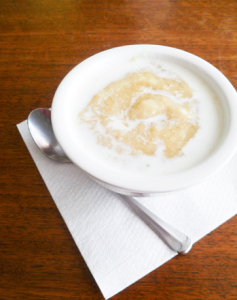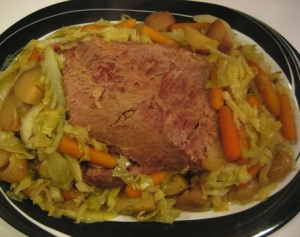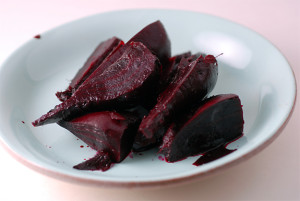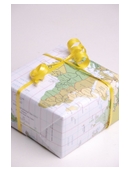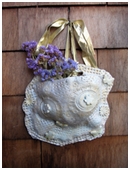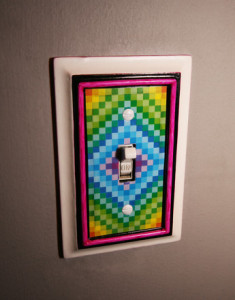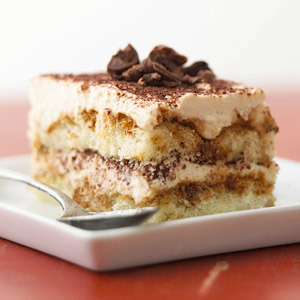Apple Barley Pudding
Your child can learn more about traditional Irish cooking this St. Patrick’s Day by making some apple barley pudding – a real tasty treat! Traditional Irish foods are full of flavor and basic ingredients. Along with learning more about Ireland and traditional foods, your child will hone her cooking skills!
What You Need:
- 4 tablespoons barley
- 2 cups water
- 3 large apples
- 2 tablespoons cream
- Small saucepan
- Paring knife
- Wooden spoon
- Blender
What You Do:
- Invite your child to measure the water for boiling the barley. She can put the water in a small saucepan and bring it to a boil over medium heat.
- Once the water is boiling, she can measure and add the barley slowly. Allow the mixture to simmer for about 10 minutes.
- Now your child can carefully peel and core the apples. Then she can cut them into one-inch cubes, add them to the boiling barley and give a stir with the wooden spoon.
- Invite your child to set the kitchen timer for 10 minutes and let everything simmer, giving things a gentle stir every couple of minutes.
- Once the water has been absorbed and the barley is soft, your child can turn off the heat and let the barley mixture cool for about 5 minutes.
- Now your child can place the warm barley and apples in blender and securely cover. Invite her to pulse the mixture on low until it forms a thick pudding mixture. She can add a couple of drops of water if things are too thick!
- Invite your child to scoop the mixture into a serving bowl and drizzle with 2 tablespoons of cream. She can spice up the pudding with her favorite flavor, such as a sprinkle of cinnamon, drizzle of honey, or splash of vanilla!
Did you know: There are over 150 types of barley cultivated in the United States? Over half of the barley grown is used for grain feed for animals!

Kate is the founder of Learn and Grow Books, which is a website for parents and teachers of pre-K children.

